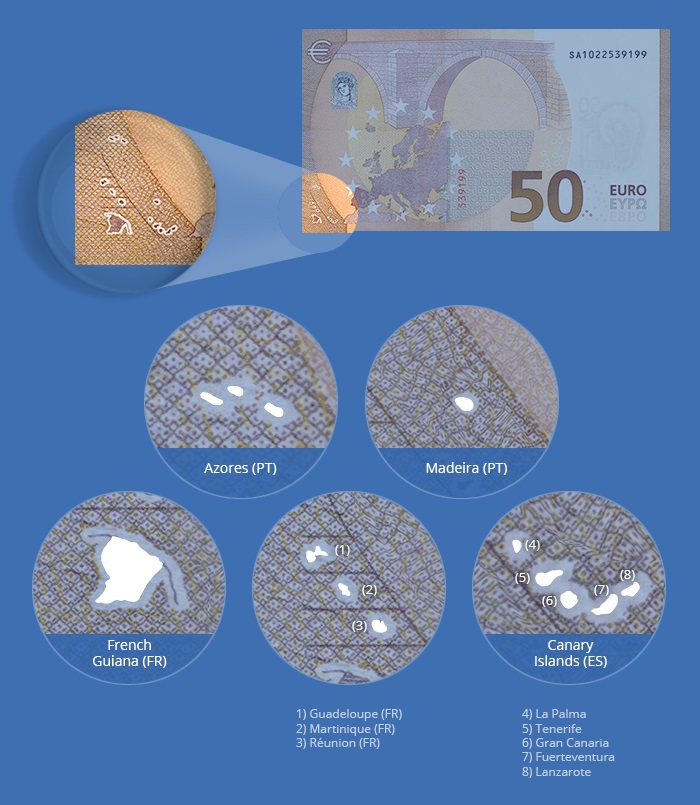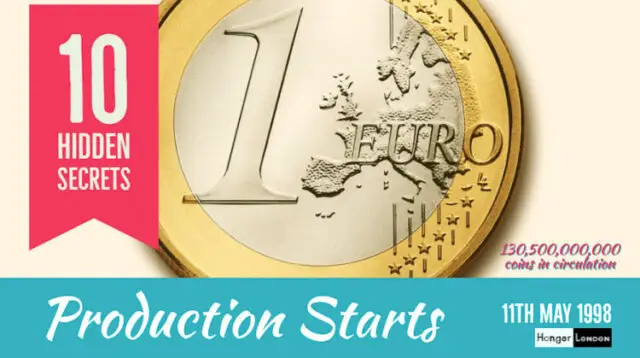Production begins on the Euro on the 11th May 1998, 3 years later the currency was available for launch across 9 countries. The Euro was to change the look and feel of travelling Europe, no more French Franc, Belgium France, exchange rate calculations across borders but not, the United Kingdom
10 Hidden EURO currency facts
1. The launch of the Euro was the biggest currency change over the world had ever seen, In preparation 52 billion Euro coins, 8 billion Euro notes where made. On the same day, they withdrew 9 billion coins and 107 billion of the old currencies such as the Belgium Franc and the French franc.
2. Despite the UK not adopting the Euro currency, London is a world-leading centre for Euro Currency clearing. A Whopping 927 billion Euros per day. The reason for housing this in a none EU country is; the Financial firepower of the City of London, its laws and political, all this adds up to why London has cornered the market.
3.12 countries originally had the Euro, today a further 10 have since joined the list. The UK remains outside this club. Public, political and other factors relating to the UK economy means this is unlikely to change. I would also add the country was asked to vote on an in / out EU referendum and voted out. Logic, therefore says the UK is unlikely to adopt the Euro currency soon, if ever.
4. Despite the thought, the UK would not give up Sterling, it did once upon a time join the European Exchange Rate Mechanism. As the name implies, the precursor for joining the Euro. The UK spent £6 Billion pounds keeping its currency within the narrow limits set by the Exchange Rate Mechanism or ERM (to its fans).
5. Sterling is a great economic stabiliser, it will shift which it proved on the Brexit vote night in 2016. Just after that city up North, they predicted the vote in the area to be close remain and it was a big leave margin. Sterling Tanked. I am paraphrasing my memory of the Tv coverage but that was my impression; The currency did a big reset – sorry we mean this post to be about the EURO, except we are London Bloggers.
6. Each banknote contains a picture of the ages and styles of Europe;
- Classical for the €5
- Romanesque for the €10
- Gothic for the €20
- Renaissance for the €50
- Baroque and Rococo for the €100
- Iron and glass architecture for the €200
- Modern 20th-century architecture for the €500
7. Circulation of EURO Bank Notes:21,959,000,000,and the Circulation of EURO coins:130,000,000,000
8. The EU 27 are legally committed to joining the Euro
9. The largest bill was 500 Euro, believed to have lobbied for by the Germans as an equivalent to their old 1,000 Mark Note. The Swiss still have their 1,000 Franc Notes.
The Euro symbol (which surprisingly not in my keyboard ) is the Greek letter Epsilon (E) with two horizontal lines
Euro images from the internet





